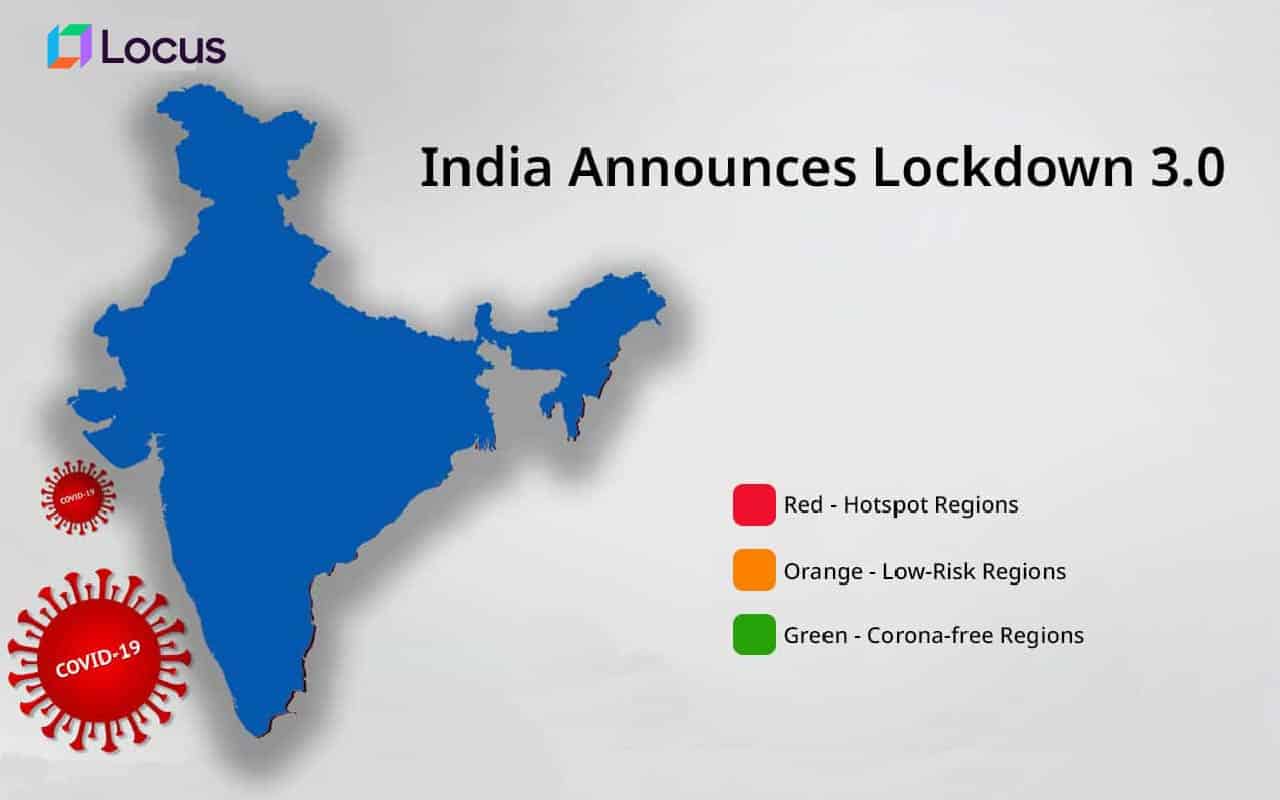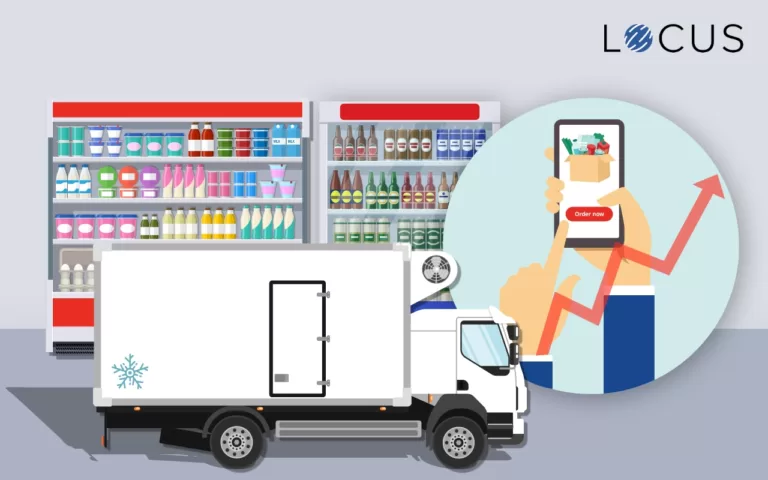News
E-commerce Deliveries Resume in Green and Orange Zones
May 5, 2020
3 mins read

E-commerce players to resume deliveries of non-essential items in India’s Green and Orange Zones. Efficient planning of zone-based last-mile deliveries will be critical.
The Indian government announced the third phase of lockdown in the country, extending the lockdown rules for two more weeks, till 17 May, with some ease of movement in regions where the spread of COVID-19 is somewhat in control.
The 733 districts in India are now divided into three zones – Red, Orange, and Green, based on the severity of the outbreak. There are 130 districts in the red zone, 284 districts in the orange zone, and 319 districts in the green zone.
Hotspot regions with the highest number of positive cases and a high risk of spreading the disease are categorized as Red zones. Green zones are districts with minimal confirmed cases till date or no confirmed cases in the last 21 days, whereas the Orange zones are the districts that are neither defined as ‘green nor red zones’ and are relatively safer compared to the Red zones.
The government has eased lockdown restrictions in the Green and Orange zones, whereas the Red zones will still remain under strict control. Air and train travel, metros and local trains, and inter-state movement of people are prohibited across the nation, except for medical and security purposes.
All activities, except the ones prohibited nationwide, are now open in Green zones, and buses can run at 50% capacity. In Orange zones, buses are still not allowed to run. However, taxis, autorickshaws, and cabs can operate with not more than two passengers.
At the same time, E-commerce home deliveries, which were only allowed for essential items so far, are gradually opening up. E-commerce companies are now allowed to restart the delivery of non-essential items in orange and green zones, needless to say, with utmost hygiene standard protocols. Red zones will continue the delivery of essential items only until further notice.
E-commerce players are seeing this as a positive sign of economic recovery. Although more than 50-60% of E-commerce sales come from metros and large cities, which are mostly in the Red zone, this gradual transition to business-as-usual is being welcomed by E-commerce players and retailers within the country.
As E-commerce home deliveries resume in Green and Orange zones and people continue to place piled-up orders of non-essential items, a strong logistics system is needed to cater to the high volume demands of customers. Currently, the majority of initial orders are being placed for electronics, phones, and kitchen appliances post the lockdown.
The problem, however, is that most E-commerce players have warehouse and fleet capacities in Tier 1 cities, from where goods are transported to Tier 2 and 3 cities. Since most Tier 1 cities, including Mumbai, Delhi, Kolkata, Hyderabad, Pune, Bengaluru, and Ahmedabad, are under the Red zone now, E-commerce players will have to plan zone-based delivery routes smartly to ensure on-time last-mile delivery to Green and Orange zone customers.
Companies leveraging logistics technology for network optimization and adopting smarter dispatch practices such as the hub and spoke distribution model will have a better chance of achieving on-time deliveries and ensuring maximum customer satisfaction.
Locus now offers a Zone-Based Delivery Planning tool to E-commerce enterprises for cost-effective and smart delivery planning in Green and Orange Zones during Lockdown 3.0. Get in touch with our logistics experts now.
Related Tags:

Supply Chain Optimization
Cost to Serve Analysis – The Holy Grail of Sustainability
We breathe in the age of disruption. Technology is transforming supply chains across industries and its digital twin is a lot more powerful, flexible and adaptable. The goal of any tech implementation / association in the supply chain is very simple – facilitate customer demand fulfilment while remaining highly profitable by eliminating wastages. However, there […]
Read more
Delivery Experience
Refrigerated Logistics becomes a mainstay in Grocery deliveries
In the next ten years, 70% of American consumers will regularly do grocery shopping online. – Food Marketing Institute. The sudden growth of online grocery sales has led to increased demand for cold-storage products. A challenge that grocers face in refrigerated logistics is that consumers are very picky when it comes to food and consumables. […]
Read moreMOST POPULAR
EDITOR’S PICKS
SUBSCRIBE TO OUR NEWSLETTER
Stay up to date with the latest marketing, sales, and service tips and news


E-commerce Deliveries Resume in Green and Orange Zones